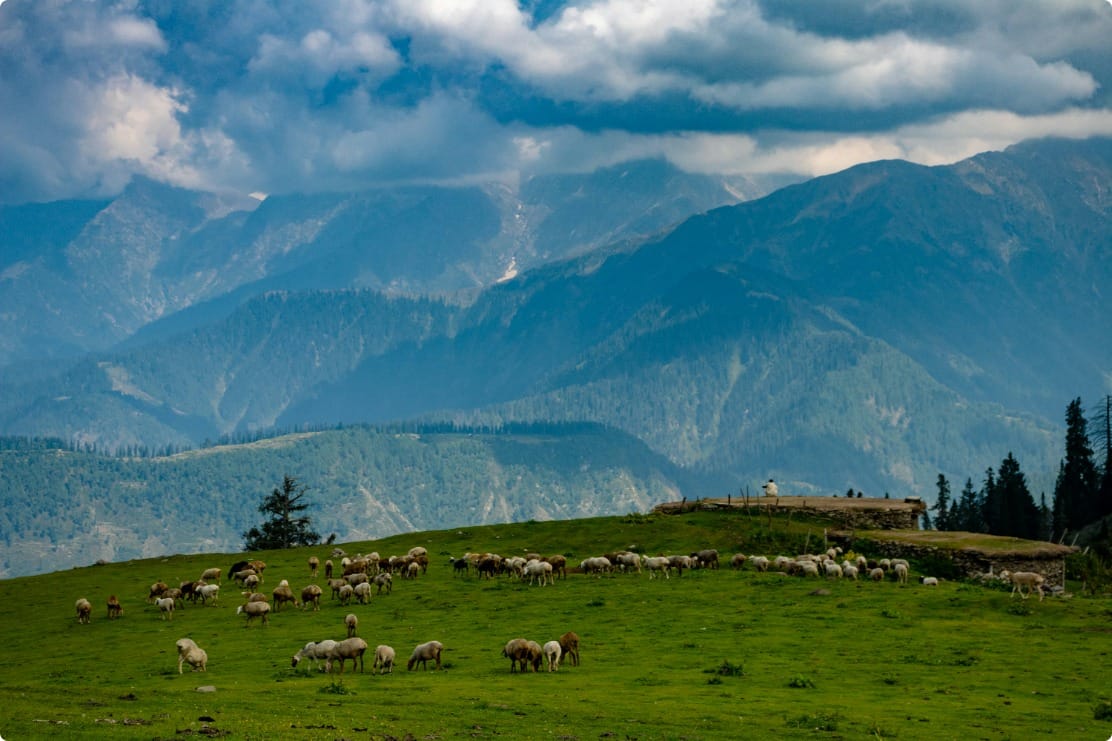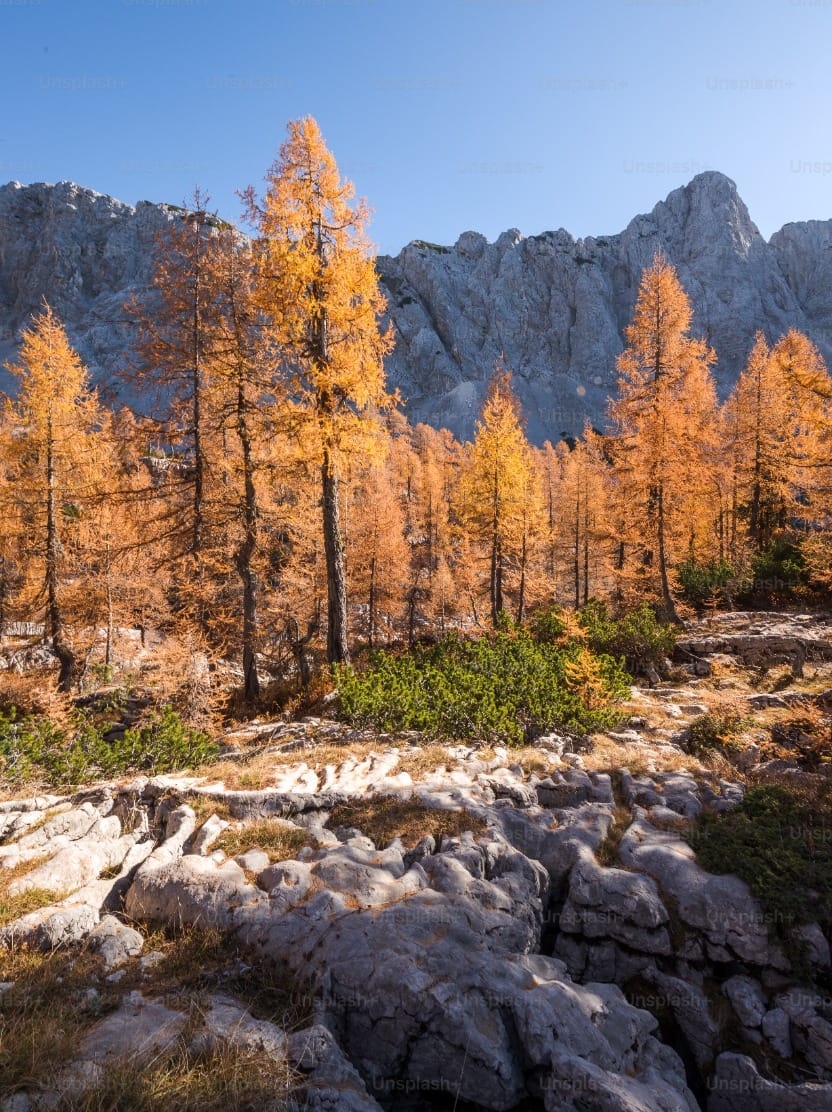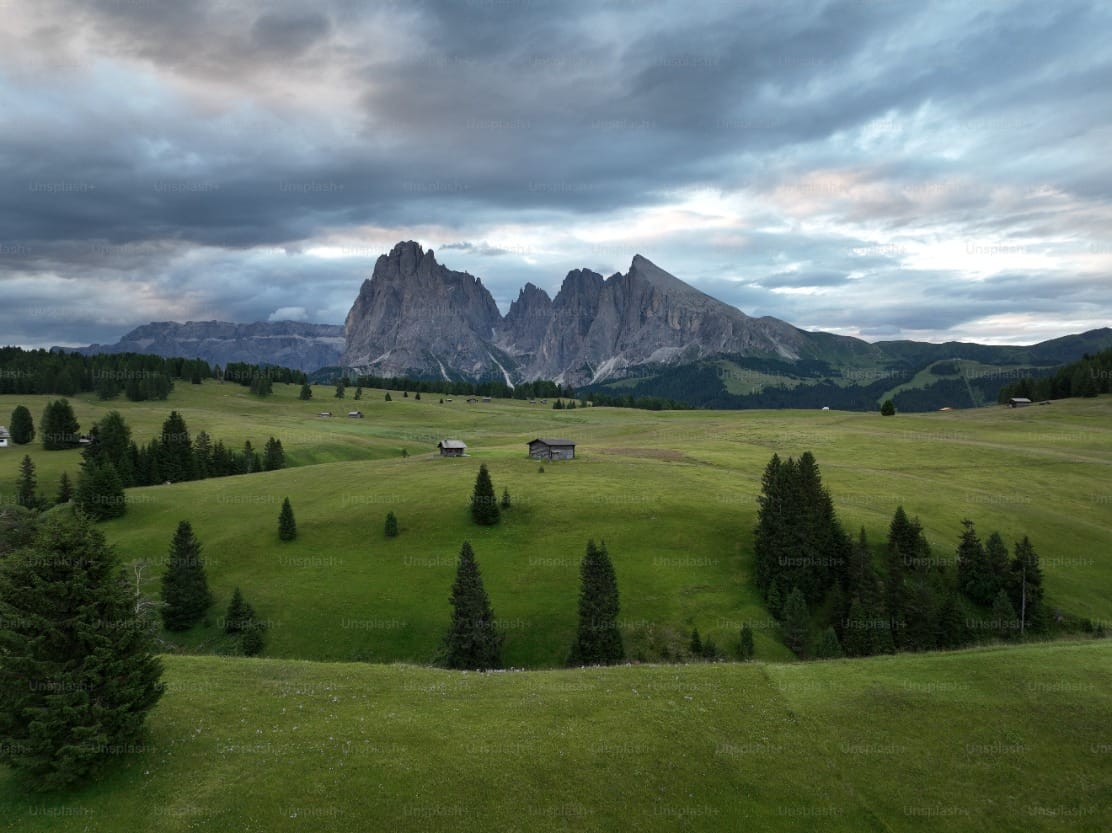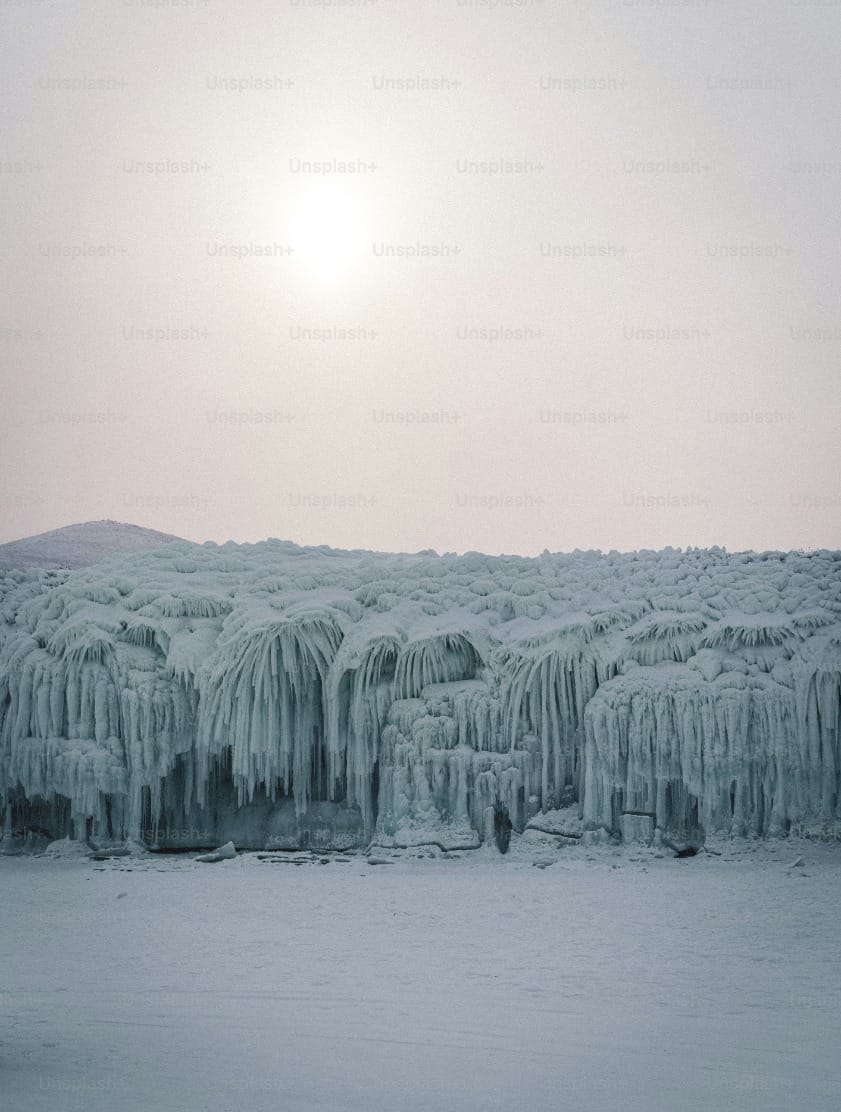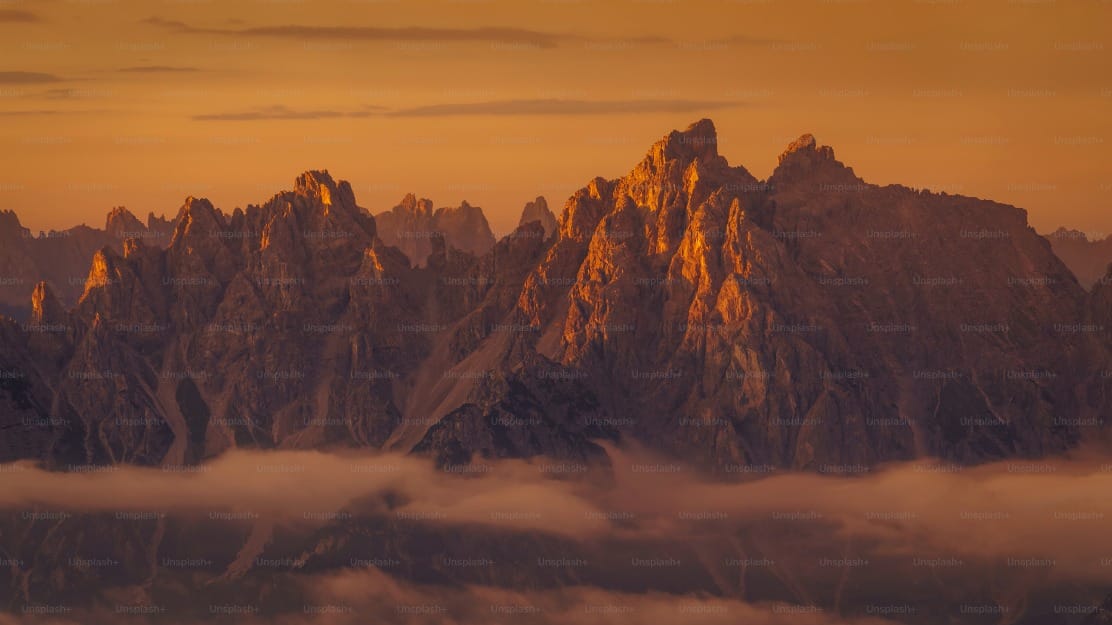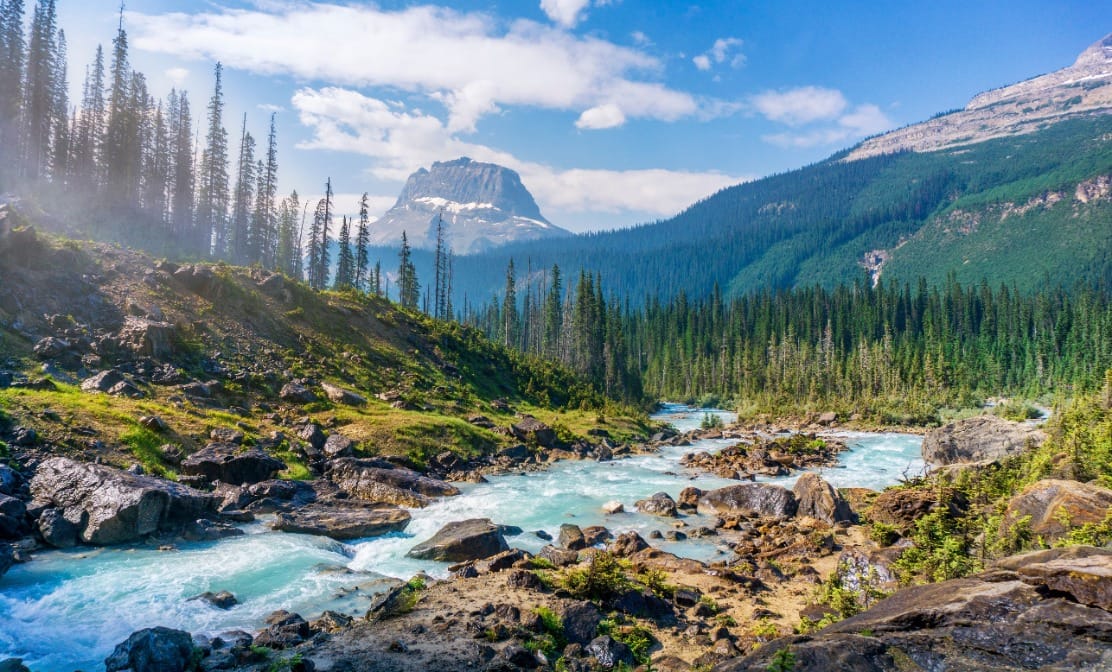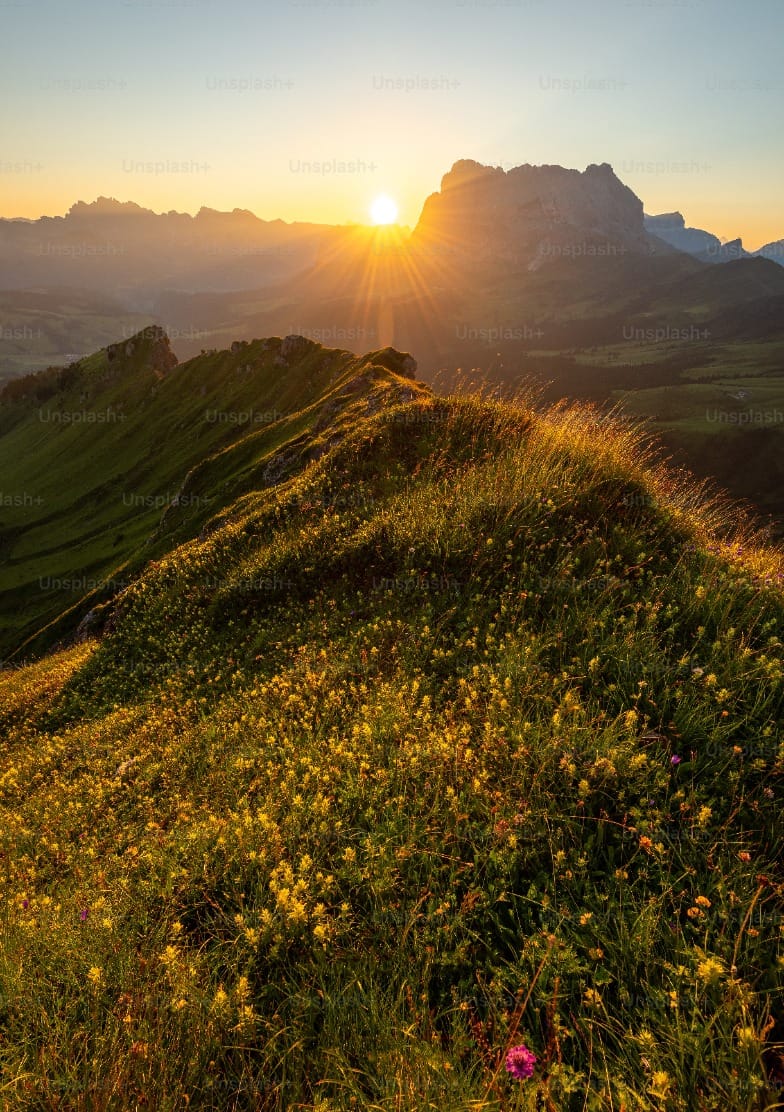
Nature and climate
Russia is the largest country in the world, located on two continents. Its territory covers more than 17 million square kilometers. Due to such geographical features, the climate in Russia is very diverse and depends on the location.
Central Russia
The central part of Russia is dominated by a temperate continental climate with distinct seasons and a variety of weather conditions. Winters here are cold, with average temperatures around −10°C, but can drop below −20°C. Snow falls frequently and persists throughout the winter. In summer temperatures rise to 25-30°C.
Central Russia is beautiful with its bright autumn leaves and beautiful spring blooming gardens. The climate in this region combines both continental and temperate features, creating a unique atmosphere that can be enjoyed throughout the year.
Ural
The Ural region is characterized by a continental climate with strong weather conditions and significant temperature fluctuations. Winters in the Urals are cold and snowy, with average air temperatures in January of about −15 °C. In the mountainous regions of the Urals, temperatures can drop to −40°C and below.
Summer in the Urals is short and cool; average air temperatures in July are about +20°C. However, due to the mountainous terrain, the weather can be unpredictable and significant changes can occur in one day - from a hot day to a cool evening.
Spring and autumn in the Urals are transitional seasons, which are characterized by changeable weather and frequent precipitation.
Siberia
Siberia is a huge region of Russia, which is characterized by a sharply continental climate with harsh winters and cool summers. Winters in Siberia are long and cold, with average January temperatures around −20°C, but in some areas they can drop to −50°C or lower. Summer is short and cool. Average air temperatures in July are about +20 °C. These differences between winter and summer create the unique climate of this region.
Due to the large area of Siberia, the climate varies in different parts of it. The southern parts, such as Altai and Baikal, have a more temperate climate, while the northern parts, such as Yakutia and Taimyr, have a harsh subarctic climate.
Far East
The Russian Far East is a region characterized by a varied climate. In general, the climate of this region can be characterized as temperate maritime and continental.
Summer in the Far East is quite short, but warm and humid. Average air temperatures in July are around +20-25°C. The summer period is accompanied by frequent rains and high humidity, especially in coastal areas.
Winter in the Far East is cold and snowy. Average air temperatures in January range from −10 to −30 degrees Celsius. Temperatures may drop even lower in some areas, especially in northern parts such as Yakutia.
In general, Russia is a country with a very diverse climate and nature. There are many opportunities for travel and recreation, beautiful scenery and unique natural attractions.
Weather in Russia by district
- Belgorod region
- Bryansk region
- Vladimir region
- Voronezh region
- Ivanovo region
- Kaluga region
- Kostroma region
- Kursk region
- Lipetsk region
- Moscow region
- Oryol Region
- Ryazan Oblast
- Smolensk region
- Tambov Region
- Tver region
- Tula region
- Yaroslavl region
- Federal city Moscow
- Republic of Karelia
- Komi Republic
- Arhangelsk region
- Vologda Region
- Kaliningrad region
- Leningrad region
- Murmansk region
- Novgorod region
- Pskov region
- Federal city of St. Petersburg
- Nenets Autonomous Okrug
- Republic of Adygea
- Republic of Kalmykia
- Republic of Crimea
- Krasnodar region
- Astrakhan region
- Volgograd region
- Rostov region
- Federal city of Sevastopol
- Republic of Bashkortostan
- Mari El Republic
- The Republic of Mordovia
- Republic of Tatarstan
- Udmurt republic
- Chuvash Republic
- Perm region
- Kirov region
- Nizhny Novgorod Region
- Orenburg region
- Penza region
- Samara Region
- Saratov region
- Ulyanovsk region
- Kurgan region
- Sverdlovsk region
- Tyumen region
- Chelyabinsk region
- Khanty-Mansiysk Autonomous Okrug - Ugra
- Yamalo-Nenets Autonomous Okrug
- Altai Republic
- Tyva Republic
- The Republic of Khakassia
- Altai region
- Krasnoyarsk region
- Irkutsk region
- Kemerovo region - Kuzbass
- Novosibirsk region
- Omsk region
- Tomsk region
- The Republic of Buryatia
- The Republic of Sakha (Yakutia)
- Transbaikal region
- Kamchatka Krai
- Primorsky Krai
- Khabarovsk region
- Amur region
- Magadan Region
- Sakhalin region
- Jewish Autonomous Region
- Chukotka Autonomous Okrug
- The Republic of Dagestan
- The Republic of Ingushetia
- Kabardino-Balkarian Republic
- Karachay-Cherkess Republic
- Republic of North Ossetia-Alania
- Chechen Republic
- Stavropol region
Weather by city
| City/Average monthly temperature | January | March | July | September |
|---|---|---|---|---|
| Moscow | +19,2°CJanuary | -1°CMarch | +19,2°CJuly | +11,3°CSeptember |
| Saint Petersburg | +18,8°CJanuary | -1,3°CMarch | +18,8°CJuly | +11,6°CSeptember |
| Kazan | +20,2°CJanuary | -3,9°CMarch | +20,2°CJuly | +11,7°CSeptember |
| Rostov-on-Don | +23,4°CJanuary | +2,4°CMarch | +23,4°CJuly | +16,7°CSeptember |
| Permian | +18,6°CJanuary | -4,2°CMarch | +18,6°CJuly | +9,6°CSeptember |
| Ekaterinburg | +19°CJanuary | -3,8°CMarch | +19°CJuly | +9,8°CSeptember |
| Pyatigorsk | +21,1°CJanuary | +1°CMarch | +21,1°CJuly | +15,1°CSeptember |
| Novosibirsk | +19,4°CJanuary | -7,6°CMarch | +19,4°CJuly | +10,2°CSeptember |
| Tomsk | +18,7°CJanuary | -7°CMarch | +18,7°CJuly | +9°CSeptember |
| Khabarovsk | +21,3°CJanuary | -6,4°CMarch | +21,3°CJuly | +13,7°CSeptember |
| Vladivostok | +18°CJanuary | -0,9°CMarch | +18°CJuly | +16,5°CSeptember |
| Simferopol | +22,3°CJanuary | +4,9°CMarch | +22,3°CJuly | +17,9°CSeptember |











